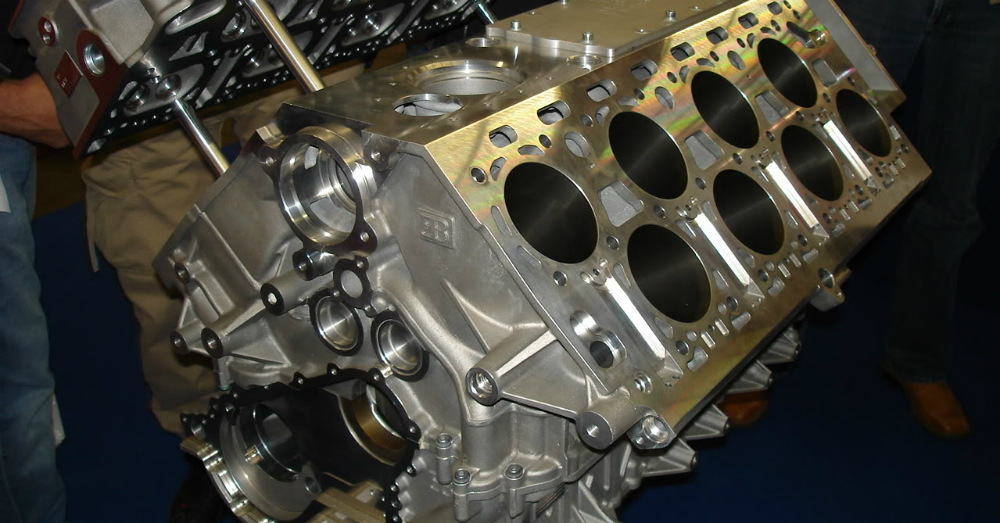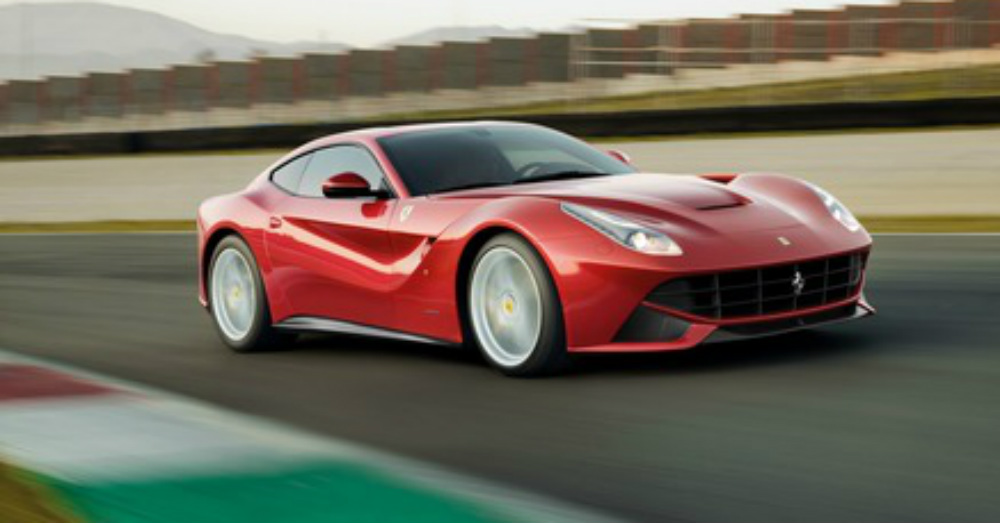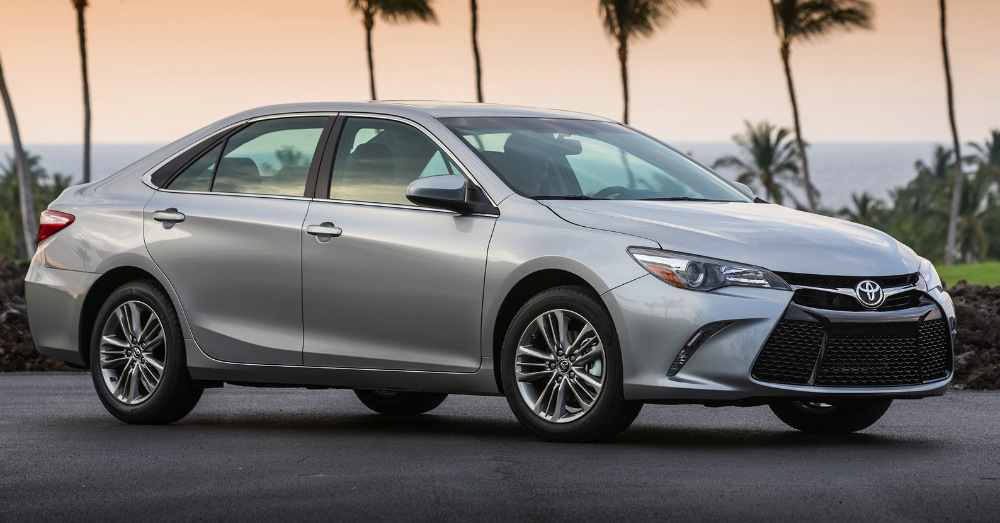
Oddities in the Engine World
Engines have been a part of the automotive industry from the beginning. As a replacement to the feces dropping horses of old to power our wagons the internal combustion engine has come in several shapes and sizes to give amazing form and function. Over the time engines have powered automobiles, engineers have tried to improve them in order to give us engines that offer better performance from one vantage point or another. Here is a bold look at what some engines have brought us along with some that have not made it long after the first model of production.
This engine continues to be the stuff of legend as an 8.0-liter 1000 horsepower W-16 engine which is the most powerful and complex production engine ever made. Equipped with 64 valves, four turbochargers and 922 lb.-ft. of torque making this the engine of lore, is basically an engine made of Volkswagen VR4s smashed together. Overall, this is one of the most intriguing engines every to come down the line and was simply put inside the best production car to every come of any assembly line in the Bugatti Veyron, leaving us to wonder what will come down the line next from Bugatti.
In the early part of the century the poppet valve engine was an inefficient means of combustion. This brought Charles Yale Knight to the epiphany of creating a sleeve-valve engine which offers a great deal more efficiency and much lower noise. This engine was so popular at the time it started to appear in many of the models of the early part of the century until the poppet valve engine finally became more efficient and better able to handle high heat and high rpms.
This engine uses a three point rotation inside a tube that has three pistons coming off it. The combustion of this engine is constantly happening making this a huge horsepower producing engine. The only drawback to the Wankel is the amount of fuel it consumes, but overall it’s more powerful than many engines on vehicles of today. Interestingly, this engine was first introduced in the 1950s, and can be had on a Mazda RX-8.
This was certainly one oddball of an engine. This engine was developed by John Eisenhuth who was owner of the Eisenhuth Horseless Vehicle Company in the early 1900s. This engine was a three-cylinder inline setup that also had two outer cylinders that powered a “dead” middle cylinder. This middle cylinder gave the engine its output and all the cylinders were huge. Eisenhuth claimed this engine was 47 percent more efficient than standard engines, but he had a bad habit of being sued by his own business partners and eventually went bankrupt.
Panhard was famed for its suspension systems and during the middle part of the last century created air-cooled aluminum block boxer engines for their production cars. These engines had displacement variations from 610 to 850 cc and an output between 42 and 60 horsepower. What is amazing isn’t so much that these were some odd engines, but the Panhard engine actually won at the 24 Hours of LeMans.
Commer Rootes TS3 “Commer Knocker”
As a diesel powered engine it came with some great power, but for the 1950s-1960s this engine powered the Commer-branded trucks offering 270 lb.-ft. of torque, which was much more than most of the diesels of that time. What was strange about this engine was, well, everything. This was an opposed-piston, single-crankshaft, three-cylinder, two-stroke engine that was 3.3-liters in capacity. This engine also had no cylinder heads, a really odd variation for the time, and even for engines of today.
This engine was quite an engineering feet for the time. Offered from 1900-1904 this engine was developed by Lanchaster Motor Company and was called the Lanchester Ten. this engine was an air-cooled, twin-crankshaft, 4.0-liter flat-twin drive engine that powered the rear wheels. The setup was having one crank above the other, each having three connecting rods and a counter rotating action. This gave the engine a phenomenal lack of vibration for the time and put out a strong (in those days) 10.5 horsepower.
This limited production engine powered the limited production Cizeta V16T supercar and produced 560 horsepower. This engine was built beginning in 1992 and isn’t a true V16, it’s actually two flat-plane V8s that are joined to a single block. This transversely mounted engine powers a rear-mounted transaxle. Unfortunately this was not an engine or vehicle that was allowed to be enjoyed in the US even though some of them would show up occasionally.
This engine was built in several forms from 1898 until the 1920s. The variations were either two, four or six-cylinder engine offerings. This engine had two pistons driving the crankshaft with opposing pistons and a third set that was vertically opposed all joined by a crosshead. The range of engines was from 2.3-liters to 11.40liters and was the first to reach engine used to reach 100 mph. One of the most intriguing parts of this engine was the use of fuel injection, which wasn’t widely done until later engine models.
This engine found its way to popularity from 1904-1913 and hailed from Dubuque, Iowa. This engine was rear mounted. These engines were three and five cylinder offerings that were air-cooled and with the radial arrangement they acted as a flywheel one the engine was running. These were light engines for the time at 190 pounds for the 4.3-liter three-cylinder and 265 for the 8.0-liter five. Part of the reason these engines didn’t last was the rear mounting, which offered little for safety at the time and had passengers situated too far forward.
Have you ever wondered what a tank engine might look like from World War II? As a response to the need this engine was built to power the M3A4 Lee and M4A4 Sherman tanks. These engines came in the form of thirty cylinders, five banks, five carburetors, five distributors and a 1255 cubic inch displacement. Basically this was five six-cylinder engines mashed together to make one awesome high powered engine to satisfy the need to power the tanks of the time.
From 1966-1968 we were privileged to witness the H-16 in action. Designed by Tony Rudd, this engine was a 3.0-liter 32 valve H-16 was basically two flat eight-cylinder engines working together. this setup created 400 horsepower but was too heavy and not reliable at all. BRM later made a 1.5-liter V16 that produced 485 horsepower at 12,000 rpms and was much more reliable than the H16, but this first offering made it to the racing circuits and gave great power to the cars it was in.
With so many more advanced developed engines in cars now and horsepower numbers reach nearly 1,000, even on production models, it’s good to take a look at where some engines came from and to marvel at the engineering that was part of the early years of the modern internal combustion engine.
This post may contain affiliate links. Meaning a commission is given should you decide to make a purchase through these links, at no cost to you. All products shown are researched and tested to give an accurate review for you.



